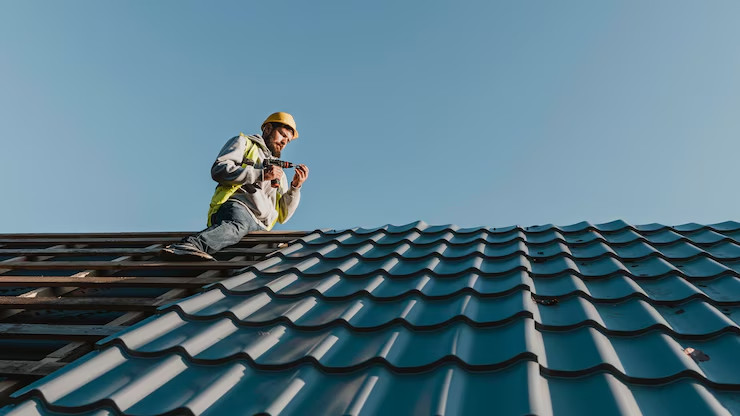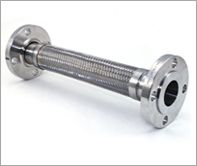Roof damage in Los Angeles often builds slowly from sun exposure, rushed installation, intense rain, tree debris, or poor attic airflow. Regular inspections and small maintenance steps—like cleaning gutters or trimming branches—can help catch issues early. Quick action keeps minor problems from turning into expensive repairs.
Living in Los Angeles comes with its perks. Great weather most of the year, no snow to worry about, and clear skies. But those same conditions can quietly wear down your roof in ways people don’t always expect. Not all damage is sudden or obvious. A lot of it just… builds.
You might not think about roof repair in Los Angeles until something leaks or a piece of flashing ends up in your yard. But most issues have been developing for months—sometimes years—before anything actually shows.
1. Too Much Sun
Roofs bake in LA.
That dry, relentless sun beats down every day. Over time, the heat starts to break things down—shingles dry out and curl up, coatings peel, and even metal pieces can warp slightly. It doesn’t happen overnight, but that’s what makes it tricky. You might not notice a thing until one side starts looking patchy or discolored.
People tend to focus on winter prep, but really, sun exposure is the year-round problem here.
2. Bad Installation
It’s a hard one to admit, but some roofers cut corners.
There’s no dramatic collapse or obvious warning sign at first. But slowly, things go wrong. Maybe it’s a vent that wasn’t sealed properly. Or nails that weren’t spaced right. One heavy rain and water slips under the surface—and now you’ve got water spots on your ceiling.
If you’ve had your roof replaced and problems started showing up within a year or two, it could be worth getting a second opinion. A specialist can run a moisture intrusion inspection and tell you what’s really going on under the surface.
3. Sudden Rainstorms
Rain isn’t frequent here, but when it does come, it’s intense.
And roofs that are already weakened? They don’t hold up well. Flat roofs, especially, can collect water if the drainage is even slightly off. A few hours of standing water can seep under flashing or into seams.
It’s not just rain either—backed-up gutters can send water right where it’s not supposed to go. People tend to clean them after the storm. That’s a little too late.
4. Trees, Leaves, and Random Debris
Those beautiful LA trees? They’re not always so gentle on your roof.
It doesn’t take a whole branch falling to cause problems. Smaller debris—twigs, leaves, even pollen—can build up in corners and trap moisture. You might not see it from the ground, but that buildup can break down shingles and create soft spots over time.
Trimming back anything that hangs over your roof is usually a good call. Once it’s done, you stop worrying about it every time the wind picks up.
5. Poor Airflow in the Attic
Most people don’t check their attic unless something smells weird or starts dripping. But ventilation is a bigger issue than it seems.
When heat and humidity get trapped up there, it shortens the life of the roof materials. You might see warped shingles, rust on nails, or just feel like the upstairs is hotter than it should be.
If that sounds familiar, it might be time to look into ridge vent systems. They’re designed to pull heat out of the attic naturally—no extra wiring or fans.
A lot of roof problems in LA come down to small things that pile up over time. One missed inspection turns into a leak. One bad seal becomes mold. The tricky part is that everything seems fine—until suddenly, it’s not.
It’s worth staying ahead of it. Look up once in a while. If something looks off, don’t wait. A quick check or call now usually saves a lot of money and stress later.
Featured Image Source: https://img.freepik.com/free-photo/long-shot-man-working-roof_23-2148748777.jpg






